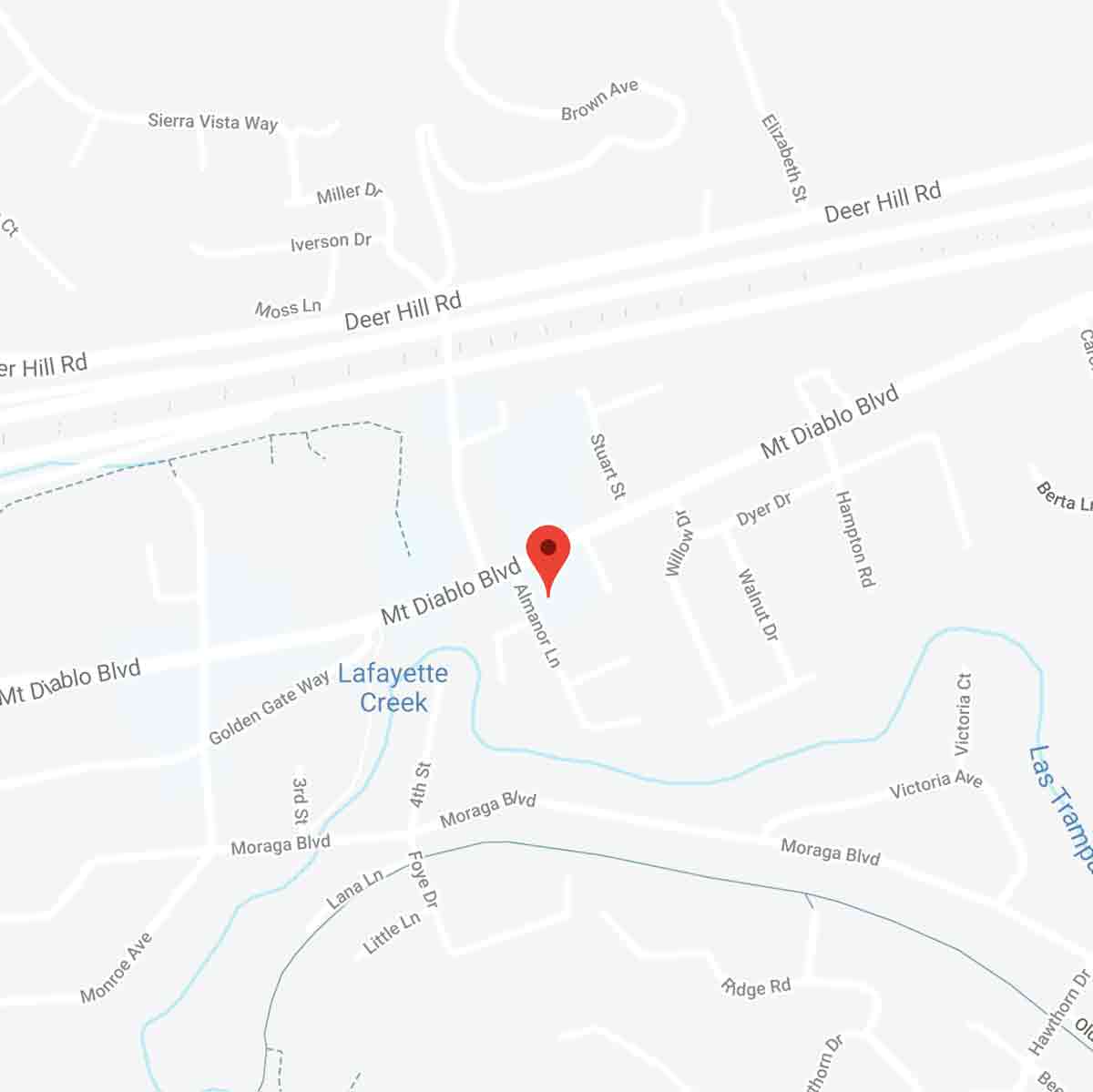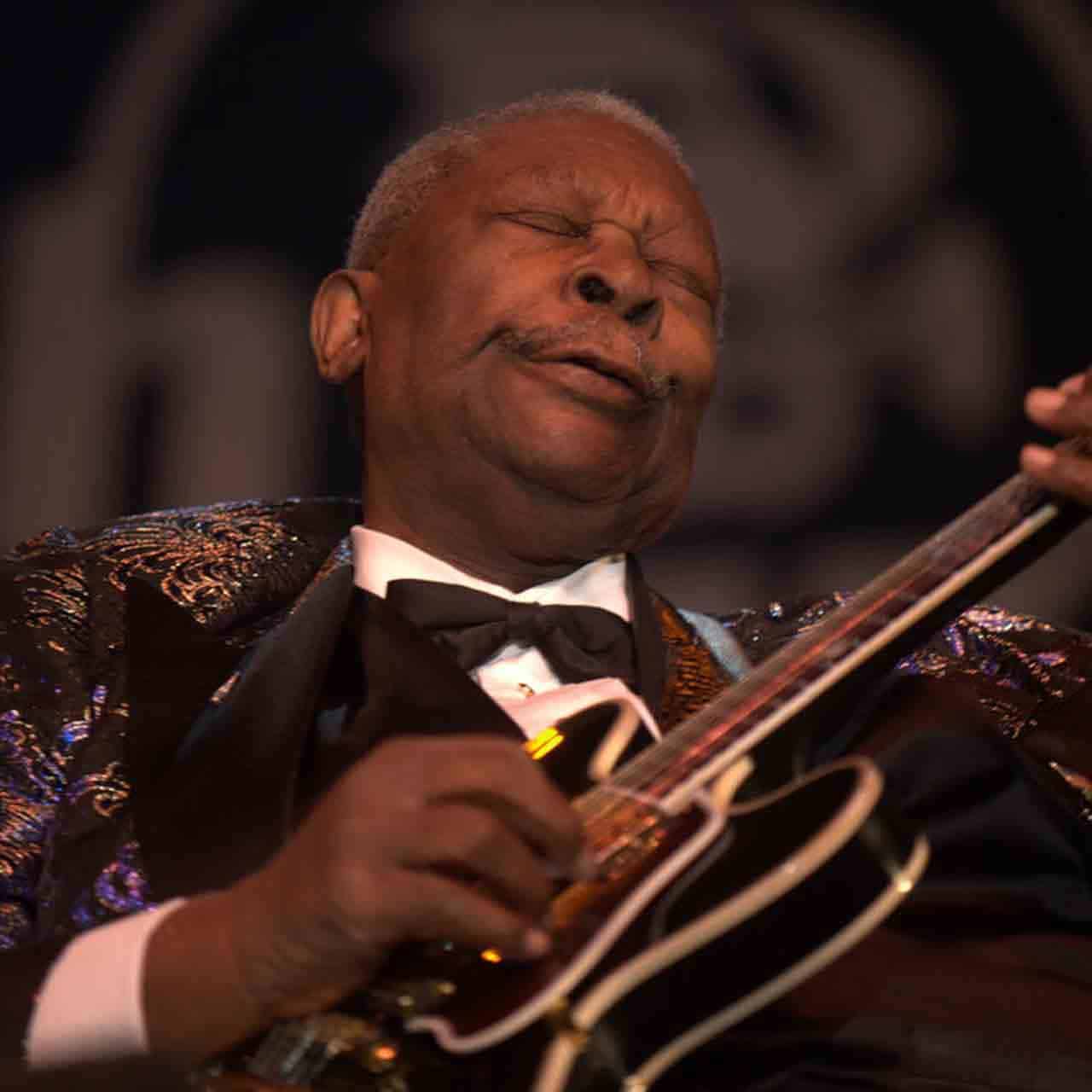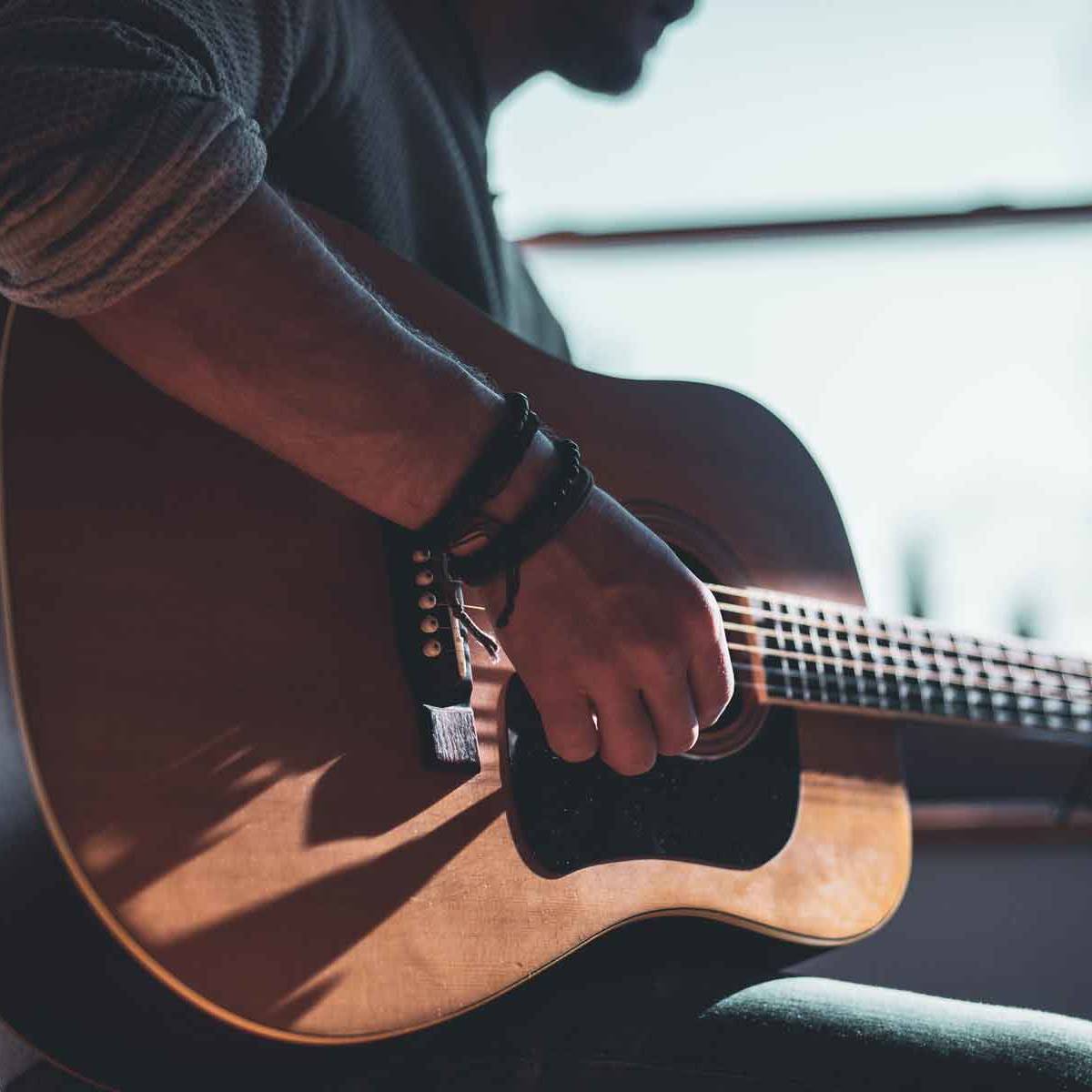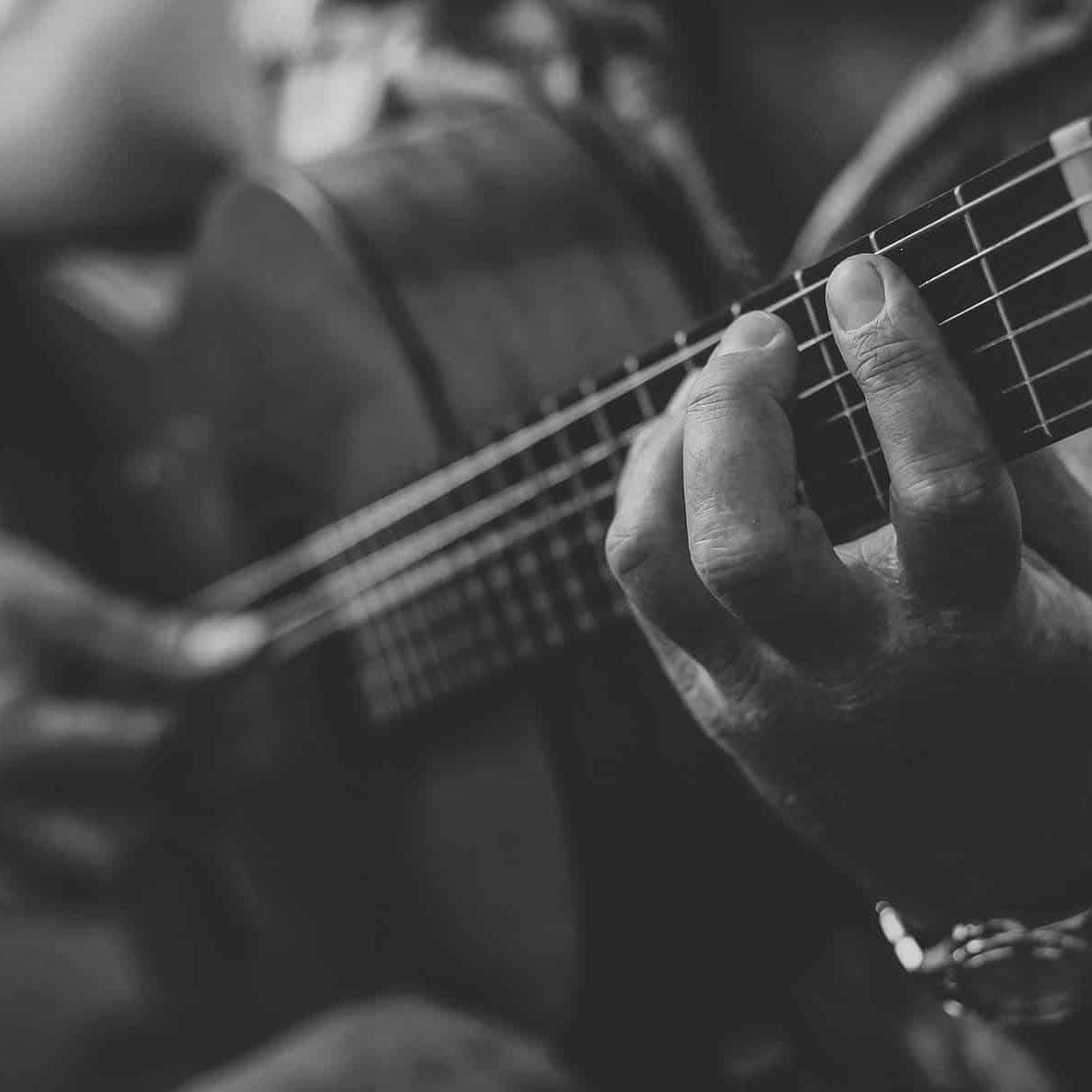The guitar is the greatest instrument in the world and among the most important inventions in the history of mankind. Okay, that may sound a little too exaggerated, but it’s absolutely true – just ask any guitar player. Anyhow, if you are reading this you are probably thinking of taking the plunge and learning to play guitar. So, who’s stopping you? Nobody ever looks back in their life and wishes they didn’t bother to learn an instrument! It certainly isn’t the easiest thing in the world, but it is so so worth it.
The guitar has played a vital role in shaping the sound of our world. But we understand it can be confusing when you are first starting out. Here’s what you need to know before going to your guitar lessons.
Acoustic or electric – your choice
Your choice here matters the most. Between acoustic and electric, pick the one you’re more attracted to. If you travel, the acoustics are the best choice for you, as they don’t need amps to project sound. However, with electric guitars, there’s more fret room for squealing solos. And if you want to practice quietly, you can always unplug the amp.
Nonetheless, there is no right answer here between acoustic and electric guitar. The bottom line is you need to go for whichever guitar gets you excited. That’s the one that will make you play it wholeheartedly.
Why it’s recommended to go for a cheap one?
All the fancy and beautiful guitars on the walls of your neighborhood music store aren’t for you… yet. Keep in mind that you have to learn then earn an expensive one. For your first guitar, check if you can get a hand-me-down from a friend or an acquaintance. If you really want to buy a new one, you can easily find a good beginner acoustic guitar under $300. Study its anatomy, learn a few chords and songs before you spend your full paycheck on an instrument.
If you’re still not sure, just ask your guitar instructor. He or she will be more than happy to give you some recommendations.
Pitch is the real deal – get a tuner
Technology is ruling the world now, download a free chromatic tuner on your mobile phone. If you have planned on getting an electric guitar, you’ll perhaps need to buy a physical guitar tuner. (To use the sound from the pickups electric guitars plug into the tuner).
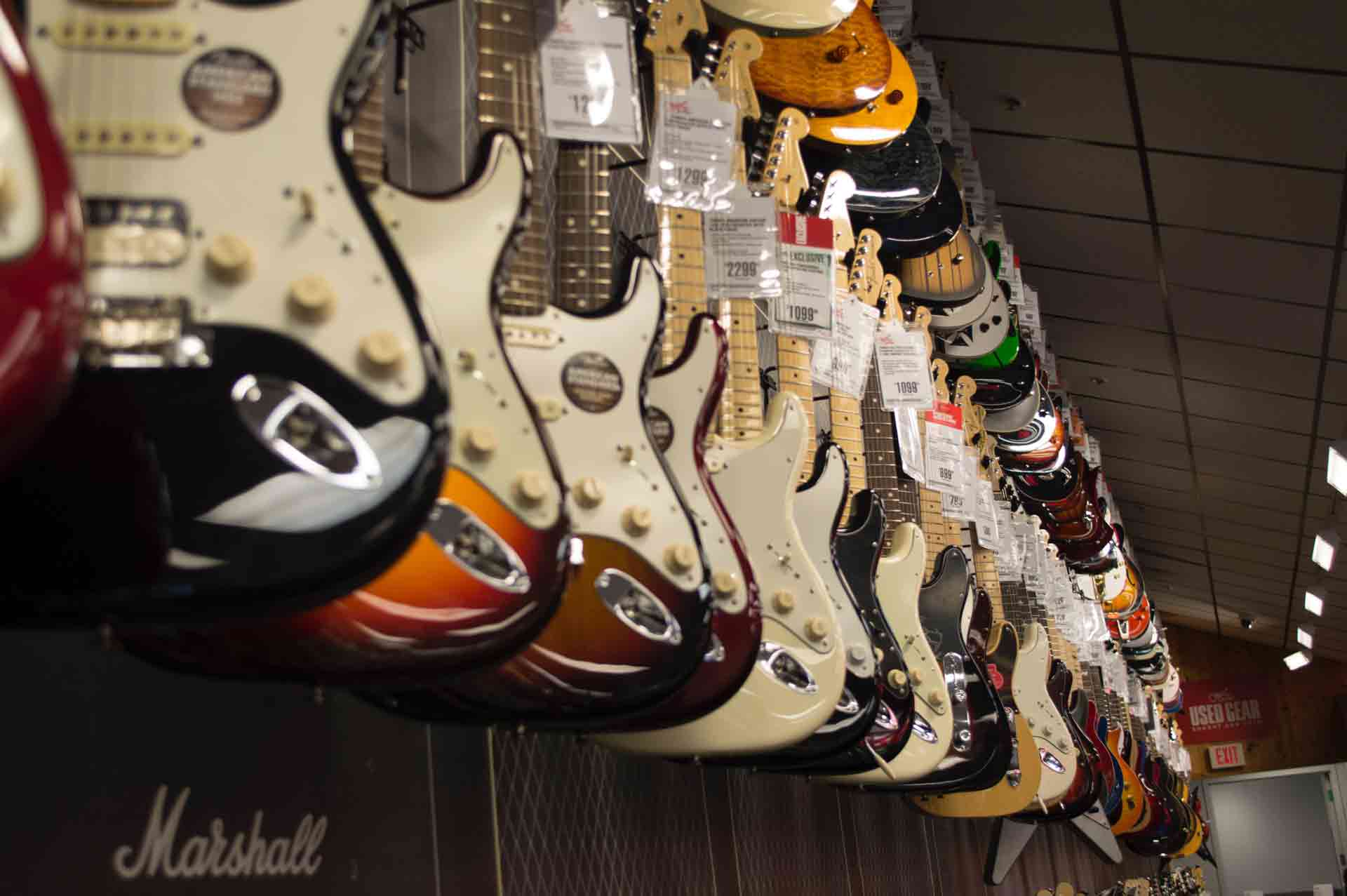
For your first guitar, check if you can get a hand-me-down from a friend or an acquaintance. If you really want to buy a new one, you can easily find a good beginner acoustic guitar under $300. Study its anatomy, learn a few chords and songs before you spend your full paycheck on a hi-end instrument
What strings do I need?
Beginning with a lighter string gauge is an ideal way. Lighter, thinner strings produce less tension, and therefore they are generally easier for beginners to work with. It’s recommended to use a set of strings with a gauge of .009 inches to .042 inches, or .010 inches to .046 inches (known informally as “nines” or “tens”) for electric players. If you’re learning on an acoustic guitar, look for a gauge of .011 inches to .052 inches (known as “elevens”).
Pick the right Pick
Nothing is as overwhelming–or confusing–as choosing a definite pick. The sheer volume of pick shapes, sizes, thicknesses and materials offered at a music store makes it a daunting task. As you become more familiar with your guitar, you may find yourself trying out a number of picks to find what best accommodates your style. However, generally speaking, plastic picks are a popular choice for their flexibility and grip. It’s also recommended to stick to a standard size and shape.
Learn chords
Chords are the building blocks of songs. They help you build up your hand strength. Most songwriters begin with just a chord progression, and you can easily learn quite a number of pop songs with just 3 simple guitar chords! Once you’ve put all your heart and soul into a thing, everything becomes easy-peasy lemon squeezy.
How many strumming patterns do I really need to know?
Survey says that most intermediate players just know a few strumming patterns. Every survey will also tell you that any level player is hungry to learn more. With the right strumming technique and pattern, things will be easier and sound infinitely better.
Learning music is a marathon, not a snapchat streak. It’s a slow and fun learning experience that requires patience, time and true comprehension of concepts. Racing through scales and dissecting every note is not what makes this craft enjoyable. Allow your passion to lead you
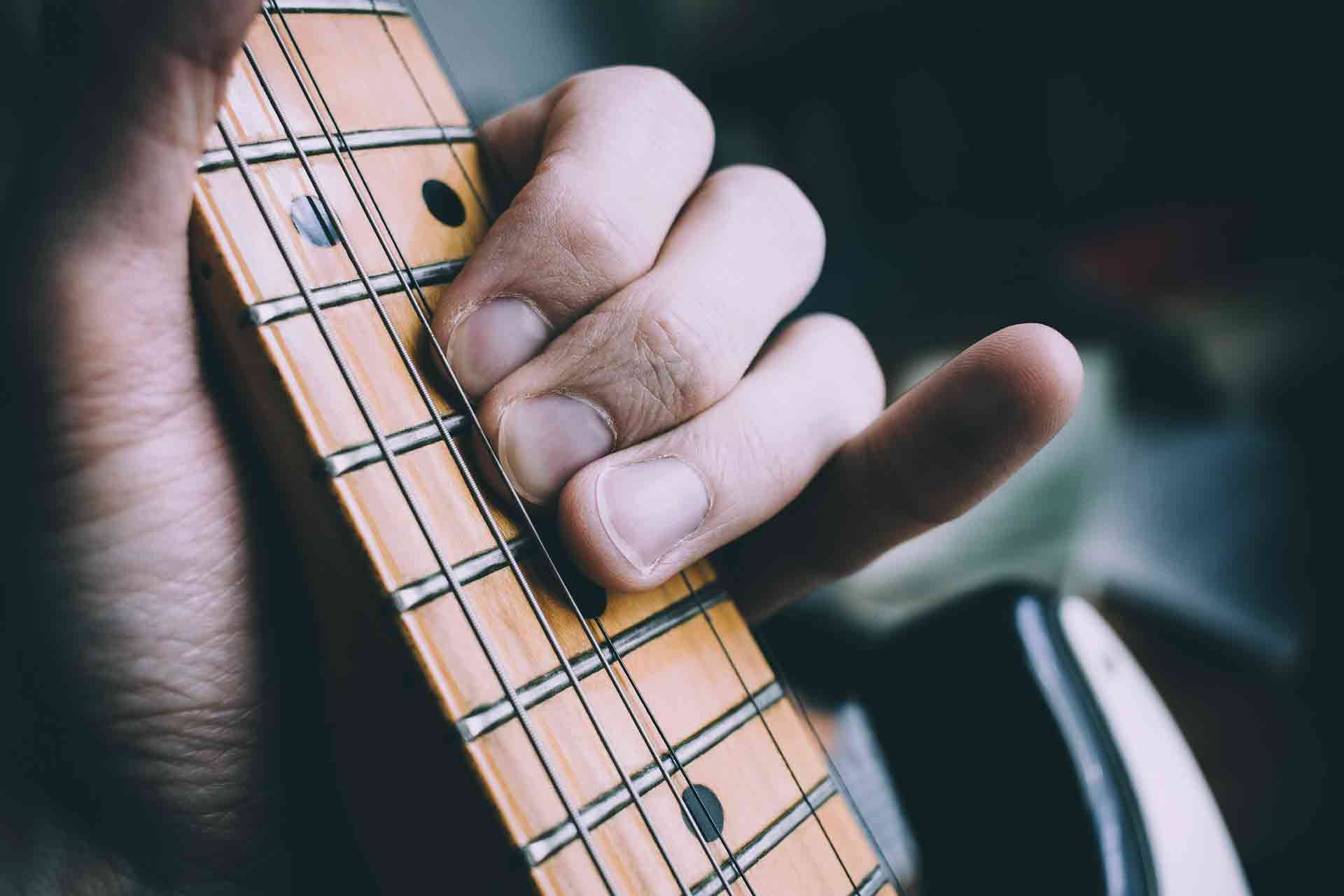
Practice, practice, practice
The more you practice your instrument, the more you’ll get out of it. Regular guitar practice is the only thing that will improve your ability, even for those who are “naturals.” Keeping your pattern and technique in check will prevent you from forming bad habits that may sometimes take years to break.
Good posture, proper hand positioning, and preemptive stretching should always be considered. While it is normal to experience discomfort during the first few months of guitar lessons, be mindful of tension and unnatural bending in your fingers and wrists.
Remember to take breaks. Don’t exhaust yourself with your passion. Quality is just as significant as quantity. A chilling break every 20 minutes will keep your head clear and morale high.
Take control of your finger; mostly importantly your pinkie
To ensure that you are precise with your finger placement, bend your finger at the first knuckle. The strings should come in contact with your fingertip at a spot that’s just as near as millimeter to your nail.
Most guitarists ignore this little bombshell of a finger – pinkie. Your pinkie may start out as the weakest of your hand, but if you give it enough care, it is capable of becoming your secret weapon. Even for experienced guitarists, the pinkie is usually the most underdeveloped finger. It’ll be tough at first, but a strong pinkie means some seriously sick shredding in the future.
Where do most guitarists hit a snag?
Many beginners undertake that technique and ability will come to them overnight. It’s this misconception that leads to frustration and, sometimes, giving up your instrument once and for all. Learning music is a marathon, not a snapchat streak. It’s a slow and fun learning experience that requires patience, time and true comprehension of concepts.
Racing through scales and dissecting every note is not what makes this craft enjoyable. Allow your passion to lead you. Learn at your own pace. Keep your deep dark curiosity alive throughout the process. And above all else, don’t forget to have fun!
Ready to play?
You can take private guitar lessons at any age, level, and understanding of music here at ModernTone Studios. Choose between in-person sessions at our Bay Area music studio or play in the comfort of your own home through live remote guitar lessons. Come unlock your full musical potential and become the guitar player you always wanted to be.
Let's Talk
Drop us a line and let us know what you are thinking. We typically respond in minutes, but it can take up to 24 hours when things are super busy.


